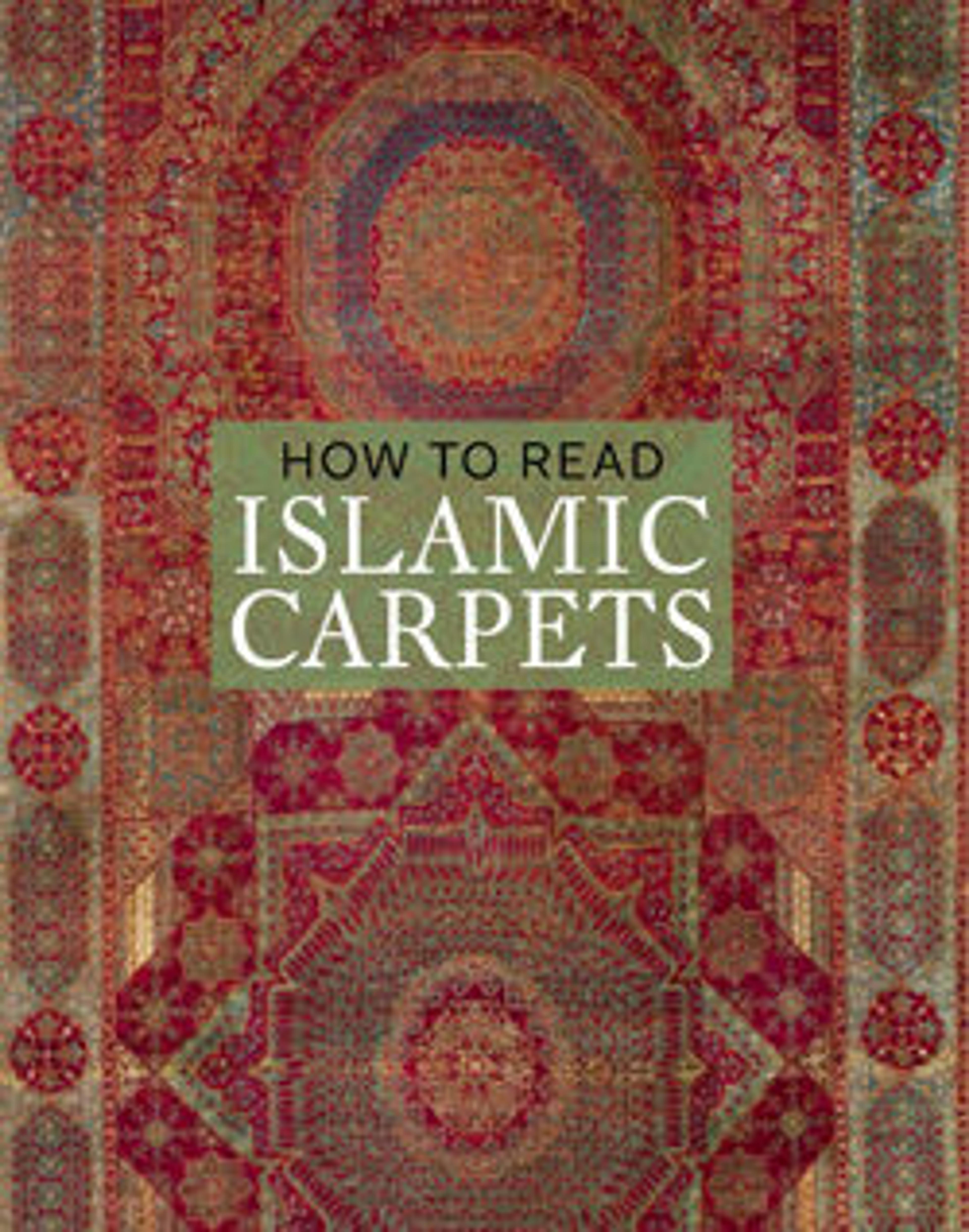The Czartoryski Carpet
The coat of arms on this carpet (in the center and at each end) was mistakenly understood to belong to the Polish Czartoryski family; consequently, the term "Polonaise" was applied to this carpet and others like it. The field is filled with flowers, leaves, and scrolling vines, all typical of Persian carpet design of this period. Polonaise carpets are noted for their extensive use of silk and metal-wrapped silk thread. The somewhat muted colors are due to the silk pile; though valued for its strength and softness, silk does not hold dye as well as wool and its color quickly fades. Polonaise carpets were created both for the local Iranian market and for presentation and sale to Europeans.
Artwork Details
- Title: The Czartoryski Carpet
- Date: 17th century
- Geography: Made in Iran, probably Isfahan
- Medium: Cotton (warp), silk (weft and pile), metal wrapped thread; asymmetrically knotted pile, brocaded
- Dimensions: Rug:
H. 191 1/2 in. (486.4 cm)
W. 85 5/8 in. (217.5 cm) - Classification: Textiles-Rugs
- Credit Line: Gift of John D. Rockefeller Jr., and Harris Brisbane Dick Fund, by exchange, 1945
- Object Number: 45.106
- Curatorial Department: Islamic Art
More Artwork
Research Resources
The Met provides unparalleled resources for research and welcomes an international community of students and scholars. The Met's Open Access API is where creators and researchers can connect to the The Met collection. Open Access data and public domain images are available for unrestricted commercial and noncommercial use without permission or fee.
To request images under copyright and other restrictions, please use this Image Request form.
Feedback
We continue to research and examine historical and cultural context for objects in The Met collection. If you have comments or questions about this object record, please contact us using the form below. The Museum looks forward to receiving your comments.
